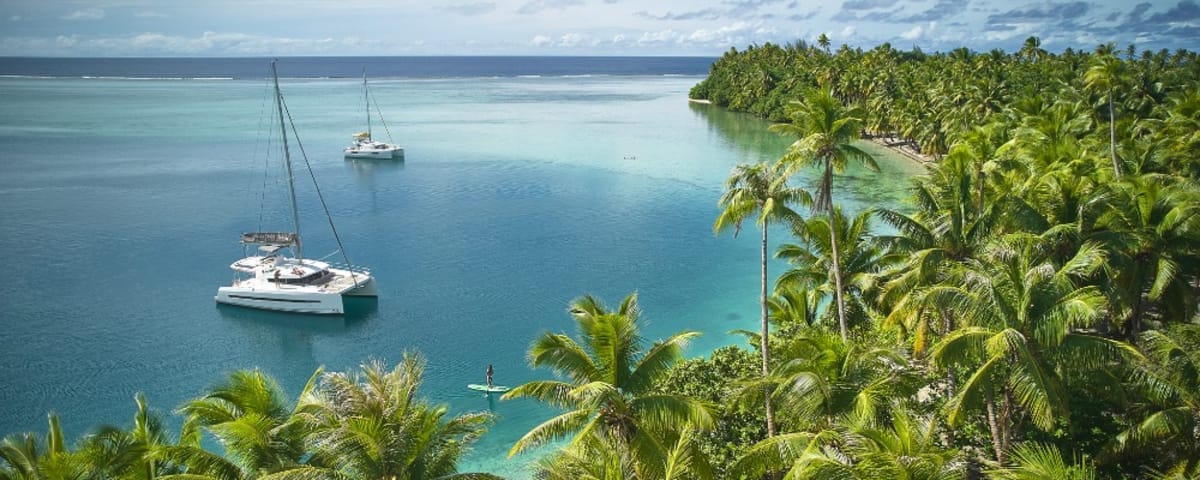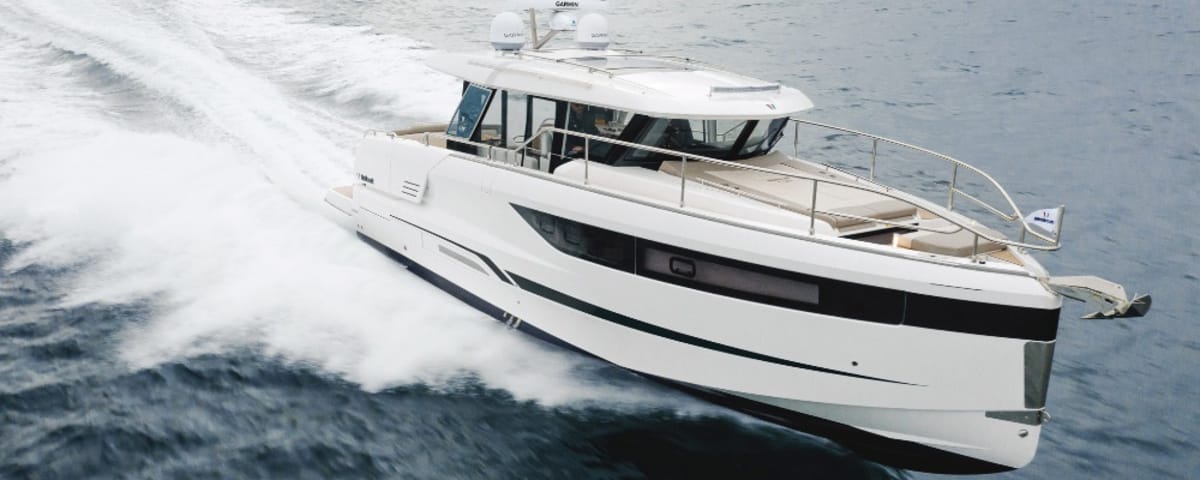Sailing Innovation: From Racing Yachts to Everyday Boats
The fortieth skippers of the tenth Vendée Globe will set off from Les Sables d’Olonne on November 10th for a solo, non-stop, unassisted round-the-world race. The event is reserved for IMOCA (International Monohull Open Class Association) yachts, 60-foot (18.28-meter) monohulls equipped with the most advanced technologies. “The race is a laboratory, and some of its innovations can benefit everyday boats,” says Arnaud Cacquevel, head of competitive sailing and technology at Bretagne Développement Innovation (BDI), an agency funded by the Brittany region. “Beyond the sport, our responsibility is to ensure that all the intelligence produced is used elsewhere, for recreational boating,” adds Antoine Mermod, president of the IMOCA Class. “We are fortunate to have well-funded teams, solid partners, and real test pilots: the skippers.”
Naval architects, like Éric Levet of Marc Lombard Yacht Design Group based in La Rochelle, are more measured. “Technology transfers exist but are less direct than 30-40 years ago. A gap has widened between racing boats and cruising boats in terms of general proportions, speeds, and system complexity.” He acknowledges some direct legacies, such as carbon masts, certain pulley elements, and autopilots. For the rest, his view differs.
The Energy Challenge
Energy on board is crucial for powering the electronic equipment used 24/7 by the sailors. In addition to the few liters of fuel still allowed and solar panels for electricity production, IMOCA yachts are now equipped with hydro generators. This system was developed in 2008 by Watt&Sea, the company of Yannick Bestaven – the last winner of the Vendée Globe. “But as our boats start to fly, the propellers submerged in the water are less efficient. In the coming months, we will begin working on this issue,” says the head of the IMOCA Class. The future of the technology also seems limited in the field of transport and leisure. Lombard is also working on the autonomy of future cruising boats, without fossil fuels, but favoring solar panels and batteries. “For us, hydro generators are very effective under sail, with an almost unbeatable simplicity/weight/efficiency ratio, but they are not sufficient for cruising boats because they spend most of their time at anchor and little time sailing. For cruising, the use of solar panels in sufficient quantity is the most suitable energy production solution.”
Spectacular Foils
The most spectacular evolution in recent years is the introduction of foils, appendages that emerge from each side of the hull and allow the boat to lift and reduce friction on the water. “All the America’s Cup ships and more than half of the IMOCA yachts are equipped with them. Foils have significantly increased performance.” They are also found on other platforms such as kite foils, seen at the Olympic Games, or the Zodiacs of the Breton company SEAir, designed for the military, or the Seabubbles (floating-flying taxis on the Seine) of former competitive skipper Alain Thébault. MerConcept, François Gabart’s company, is also working on this form of “aerial” mobility to extend its capabilities. Will they become widespread throughout the fleet? “The effectiveness of foils on a fast boat of small or medium size is no longer in doubt,” says Éric Levet. “But it must be kept in mind that cruising and work boats are slower, heavier, and must remain simple and easy to maintain to reduce operating costs. Foils appeared in the fields of transport and the military in the 1960s, they gradually disappeared for these reasons. The transition to composite and electric motors helps to reintroduce them, but in our opinion, this will remain a niche market where speed is absolutely necessary for relatively small boats.”
The Future of Sailing
Many see sailing as the future of passenger and freight transport. This hope is inspired by the competition and the notable work of VPLP, in particular, for Team USA, winner of the America’s Cup in 2010. Today, the cargo ship Canopée, which transports parts of the Ariane 6 rocket to Kourou, uses a hybrid, thermal-sail propulsion system designed with giant wings (Oceanwings). Grain de Sail, the sailing ships of the Le Havre-based shipowner Towt, also use this technique. “Yes, all of this speaks to us, we are convinced that the return of sailing transport will happen sooner or later on a large scale. We think that some systems put forward today are very complex and costly to maintain in order to save a few sailors on board or gain a few tenths of a knot. This is conceivable as long as there is public funding, but a significant sorting of solutions will be done when it is necessary to consider a coherent industrial future. We are still far from it.” An avenue to which the offshore racing industry seems to be clinging.
Giant Masts from Racing to Transport
Multiplast and CDK Technologies, competitors for the manufacture of IMOCA yachts, have joined forces within Solidsail Mast Factory. A consortium that brings together six companies responsible for developing giant masts for the decarbonized transport of tomorrow. “This is one of the most direct transfers of technologies developed by offshore racing in many years, and from which the new small sailing cargo ships with ‘high tech’ carbon masts really benefit. We think that the future will also be played with sobriety, rather than with technology at all costs. Being a sailor on a sailing transport ship is a dream and value-laden profession, sporty, manual and intellectual, with a strong social involvement. Decarbonized sailing transport should be the domain of humans, rather than automated machines,” judges Éric Levet.
Composite of the Future
Roland Jourdain, another big name in sailing, designed the deck of his We Explore catamaran with a bio-composite material made of flax fibers. Could pleasure boats benefit from this innovation and improve their end-of-life recycling? Éric Levet is skeptical “for industrial use in the construction of medium and large pleasure boats, because the production of flax in France is limited and a lot is needed. Moreover, this natural fiber is not easy to laminate in infusion, and it is currently almost impossible to recycle after the addition of resin.” On the other hand, the architect envisions a future for Elium resin, a recyclable thermoplastic material. “It represents a fairly strong hope because its matrix is similar in terms of mechanical properties to epoxy or polyester resin, which have been mainly used for 50 years. We can make high-performance composite from it. The Bénéteau Group is already using it in production mode.”
Enjoyed this post by Thibault Helle? Subscribe for more insights and updates straight from the source.


